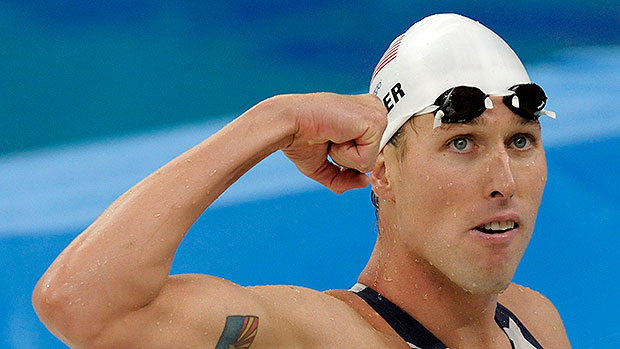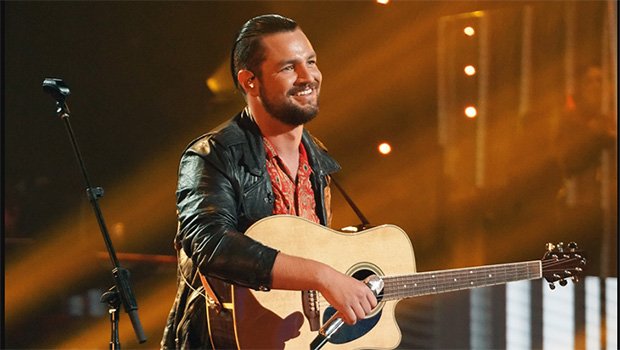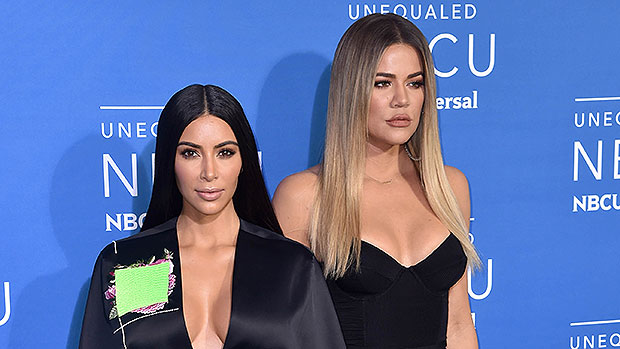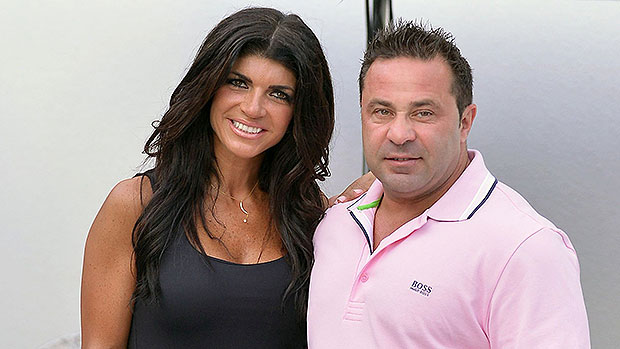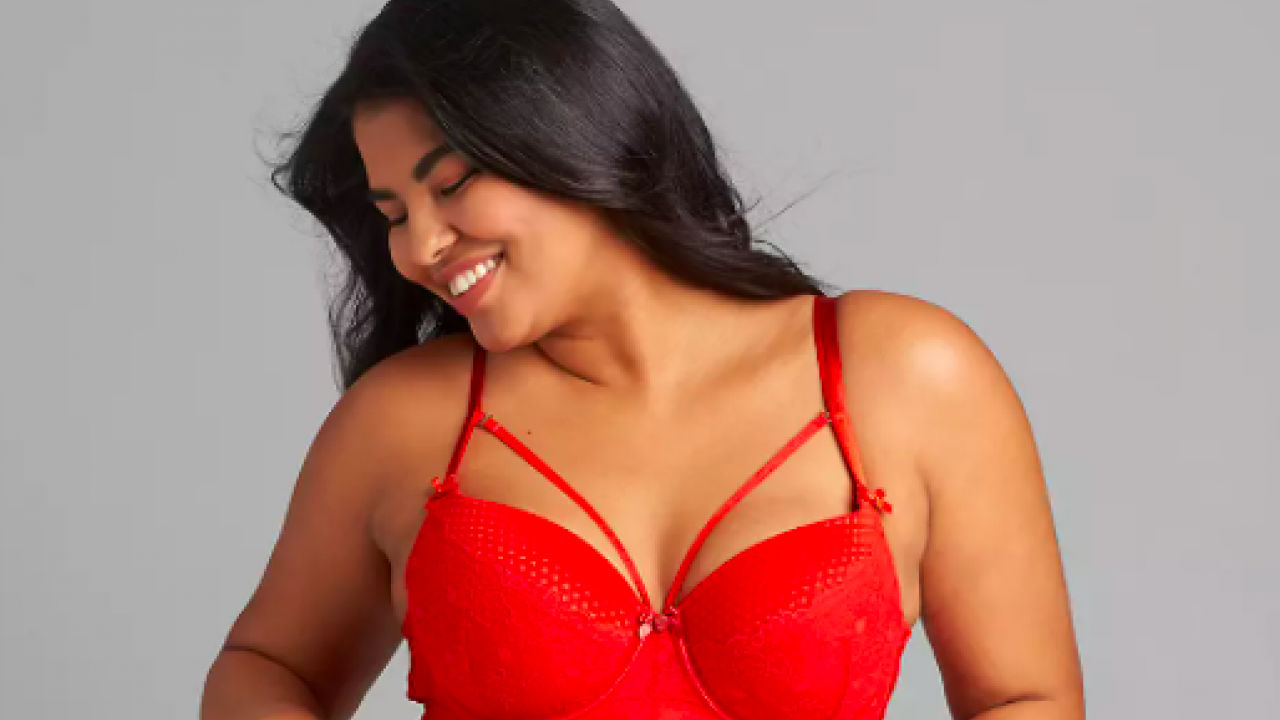Hot Docs 2022 Women Directors: Meet Jasmín Mara López – “Silent Beauty”
Jasmín Mara López is a journalist, audio producer, and documentary filmmaker living between Los Angeles and New Orleans. Born in the U.S. with familial roots in México, her childhood was affected by issues experienced on both sides of the...
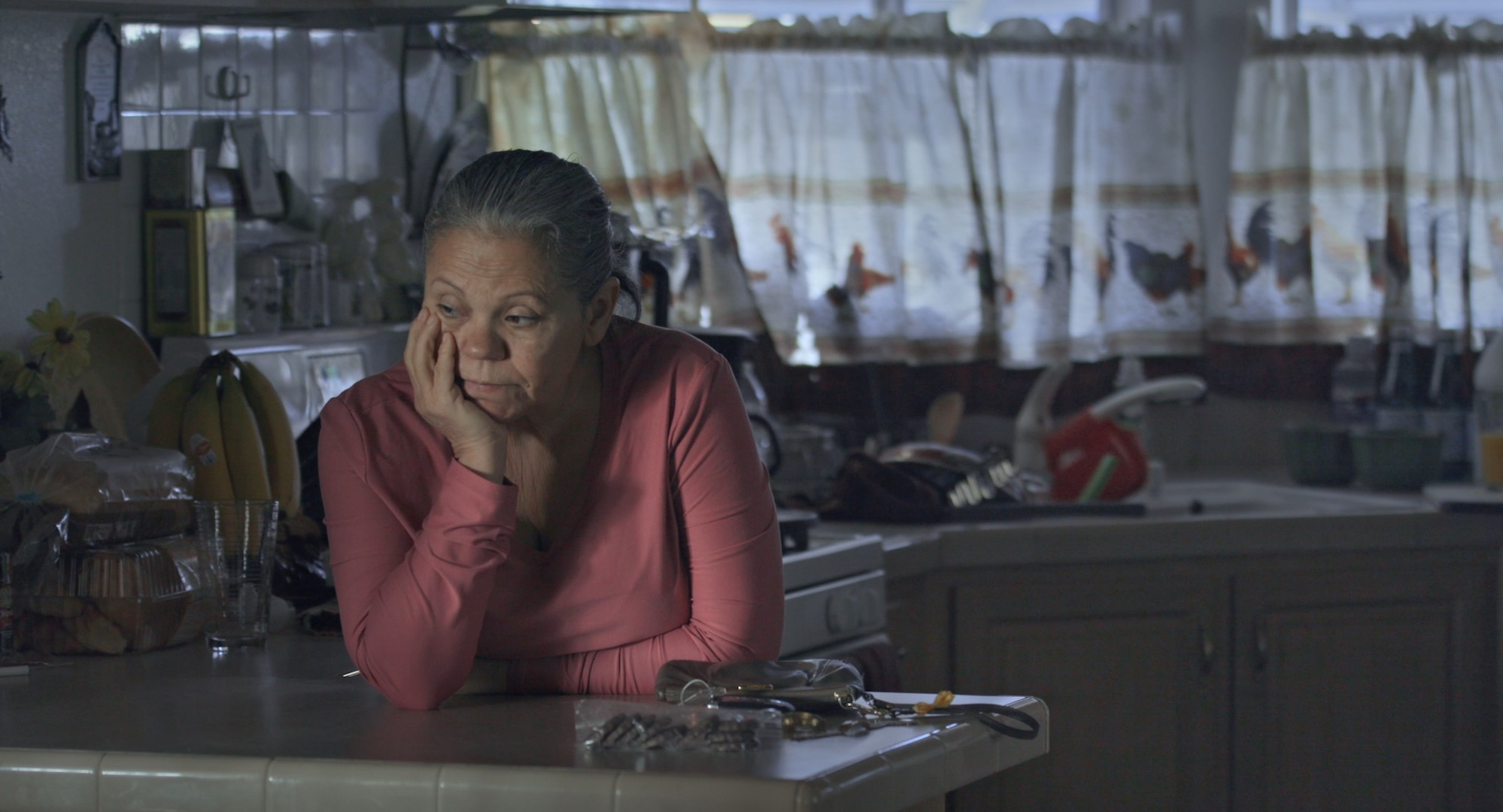
Jasmín Mara López is a journalist, audio producer, and documentary filmmaker living between Los Angeles and New Orleans. Born in the U.S. with familial roots in México, her childhood was affected by issues experienced on both sides of the U.S.- México border. Her audio documentary “Deadly Divide: Migrant Death on the Border” received the Society of Professional Journalists Excellence in Journalism Award in 2015.
“Silent Beauty” is screening at the 2022 Hot Docs Canadian International Film Festival, which is taking place April 28-May 8. Find more information on the fest’s website.
W&H: Describe the film for us in your own words.
JML: “Silent Beauty” has been a dream turned into reality. It’s a personal documentary about my journey as a survivor of child sexual abuse, and a story that honors the strength of women in my family.
It’s a film that holds accountable the systems and people that fail and harm us but does so in a way that exhibits empathy and understanding. The film addresses the generational trauma that impacts our well-being and provides a space for my family to do necessary healing work to liberate us.
It is healing justice and a film for survivors.
It’s a project that involved hundreds of supporters: family, friends, collaborators, survivors, and many in the documentary film community. It’s been a gift to my family that funders and mentors within the documentary world embraced the film. This work brought me to the life I have today.
W&H: What drew you to this story?
JML: When I saw a photo of my newborn niece in the arms of my grandfather, one of the people that sexually abused me as a child, I knew I had to speak up. No matter how much I told myself that it only happened to me, there was still a risk that it would happen to others. I didn’t want Amelia, or any other children, to be abused. The thought of her living life as I had, challenged by the effects of trauma, crushed me. I spent the following months preparing for disclosure, and possibly losing family, but knowing that I would ultimately protect my niece and nephews from the harm I had to endure.
While sharing my truth with my family, I learned it happened to most of the children in my family, including my mother and some of her siblings. A year and a half after disclosing, I decided to make a film that would reach other survivors. Many survivors in my family joined me.
W&H: What do you want people to think about after they watch the film?
JML: I first want survivors to know that they are not alone, and that healing is possible. This is a question that many survivors have asked me when learning about my work. It will never be easy, and what happened to us cannot be erased, but we determine what a support system and healing can look like.
I want the general audience to consider their families, and ask whether or not they are creating the space for children to share their truths. We often teach children that family is everything. But do they know what to do when family harms them? Will they decide to protect you or their family just as I did mine as a nine-year-old?
That was a pattern that continued throughout my life.
W&H: What was the biggest challenge in making the film?
JML: There were many challenges in making this film, but if I had to choose, it would be caring for the well-being of myself and my family while directing and producing this feature-length film.
In making this film, I was asking my family and self to revisit traumatic events that we were forced to hide and feel ashamed of. We had to muster the courage to speak the words we were never taught to speak. For me, it was every day. Living and dreaming in my past while continuing to move forward, continuing to make a film that also considered others, while pushing myself to grow beyond what I was offered. Demanding and standing up, every day.
W&H: How did you get your film funded? Share some insights into how you got the film made.
JML: It took three years to get my first grant. That was from the Southern Documentary Fund. But before that, dozens of individuals came forward to support my film through an Indiegogo campaign. Most of them were survivors of all backgrounds and ages and sent notes of disclosure and encouragement along with their contributions.
I also participated in no-cost mentorship programs like the New Orleans Film Society’s Emerging Voices Program that introduced me to people and funders within the film industry, like Chicken & Egg Pictures, Firelight Media, Black Public Media, Latino Public Broadcasting, Creative Capital, Sundance Institute, and many more.
Film festivals often have no-cost fellowship programs for aspiring or emerging filmmakers. I highly recommend looking into them.
I hope that this film, as well as my commitment to this filmmaking journey, is a testament to the support extended to me. From the New Orleans Film Society to ITVS, this film has been a beautiful collaboration.
W&H: What inspired you to become a filmmaker?
JML: I had just moved to New Orleans a few months prior to attending the New Orleans Film Festival in October 2015. I had never been to a film festival before, and because my community didn’t have access to them when I was growing up, I didn’t know what to expect. I was so inspired by the stories, filmmakers, and community that I came across at the festival that I decided to become a filmmaker then and there, and would begin with my own story.
The following year, I submitted my project to their Pitch Perfect competition and became a finalist. That’s when it all became real: I’d speak my truth publicly and in front of an audience and judges. I was terrified so took a few friends for support, and did the best I could. While I didn’t win the competition, I was moved and motivated by the filmmakers and industry people that went out of their way after the event to encourage me to make this film, many of them told me they were survivors themselves.
Those kinds of exchanges continued for the next six years. I’d meet survivors and they would encourage me to continue on this path. They inspired me to make and complete this film.
W&H: What’s the best and worst advice you’ve received?
JML: Best advice: Dream big.
Worst advice: Start small.
W&H: What advice do you have for other women directors?
JML: Do what you want, and trust your process. Work with more women. I was hard on myself throughout the process of making this film and often had to stop myself, reground, and be more intentional about finding balance, kindness towards myself, and trust in my abilities and voice.
I’d also like to share something from Gloria Anzaldúa, a favorite queer writer of color, that came back to me while considering this Q&A. [It’s from “Speaking in Tongues: A Letter to 3rd World Women Writers,” a letter published in Anzaldúa’s anthology “This Bridge Called My Back: Writings by Radical Women of Color.”]
“Why am I compelled to write? Because the writing saves me from this complacency I fear. Because I have no choice. Because I must keep the spirit of my revolt and myself alive. Because the world I create in the writing compensates for what the real world does not give me. By writing I put order in the world, give it a handle so I can grasp it. I write because life does not appease my appetites and hunger. I write to record what others erase when I speak, to rewrite the stories others have miswritten about me, about you. To become more intimate with myself and you. To discover myself, to preserve myself, to make myself, to achieve self-autonomy. To dispel the myths that I am a mad prophet or a poor suffering soul. To convince myself that I am worthy and that what I have to say is not a pile of shit. To show that I can and that I will write, never mind the outraged gasp of the censor and the audience. Finally, I write because I’m scared of writing but I’m more scared of not writing.”
W&H: Name your favorite woman-directed film and why.
JML: Chicken & Egg Pictures introduced me to “The Tiniest Place”, a beautiful documentary by filmmaker Tatiana Huezo Sánchez. As I watched, I was reminded of the kind of filmmaker I wanted to be: one that takes time to understand, build trust, and holds a deep respect for the film’s protagonists. In the film, Tatiana creates something beautiful out of so much pain: there is hope and life in her work, and the community of Cinquera.
W&H: How are you adjusting to life during the COVID-19 pandemic? Are you keeping creative, and if so, how?
JML: I have not adjusted well to life under the COVID-19 pandemic, but have done my best. I live alone, so this time triggered me and was reminiscent of the isolation and uncertainty I experienced as a child. My nightmares returned in the early days of the pandemic.
I wrote a lot, I cried a lot, and spent a lot of time singing to my pets. I still do. I’m not disciplined, but I’m determined, so I manage to maintain a spiritual and artistic practice under these trying times. I send my loved ones and collaborators, also loved, audio notes, a practice I picked up in my early days of learning radio. I share, they share, and we stay connected.
This film, the support of my team, and the encouragement of our mentors have kept me creative during the pandemic. I was fortunate enough to have been a part of the Firelight Media Doc Lab during the pandemic so was connected to an amazing cohort of brilliant and loving creators that, despite challenges, soar high — and I’m proud to soar with them.
W&H: The film industry has a long history of underrepresenting people of color onscreen and behind the scenes and reinforcing — and creating — negative stereotypes. What actions do you think need to be taken to make Hollywood and/or the doc world more inclusive?
JML: I don’t feel it’s my place to provide answers for greater Hollywood inclusivity. What I’m here to do and what my work addresses are barriers placed on earlier generations.

 KickT
KickT 







